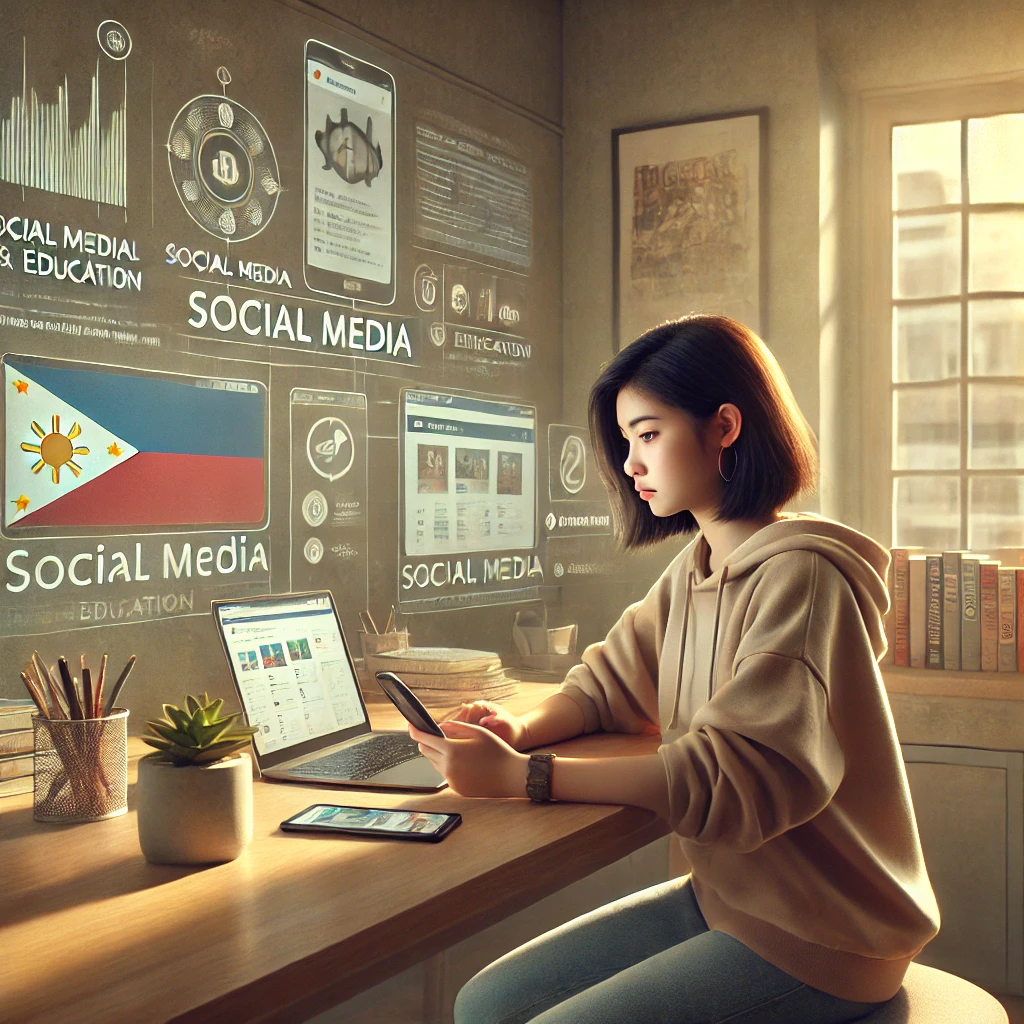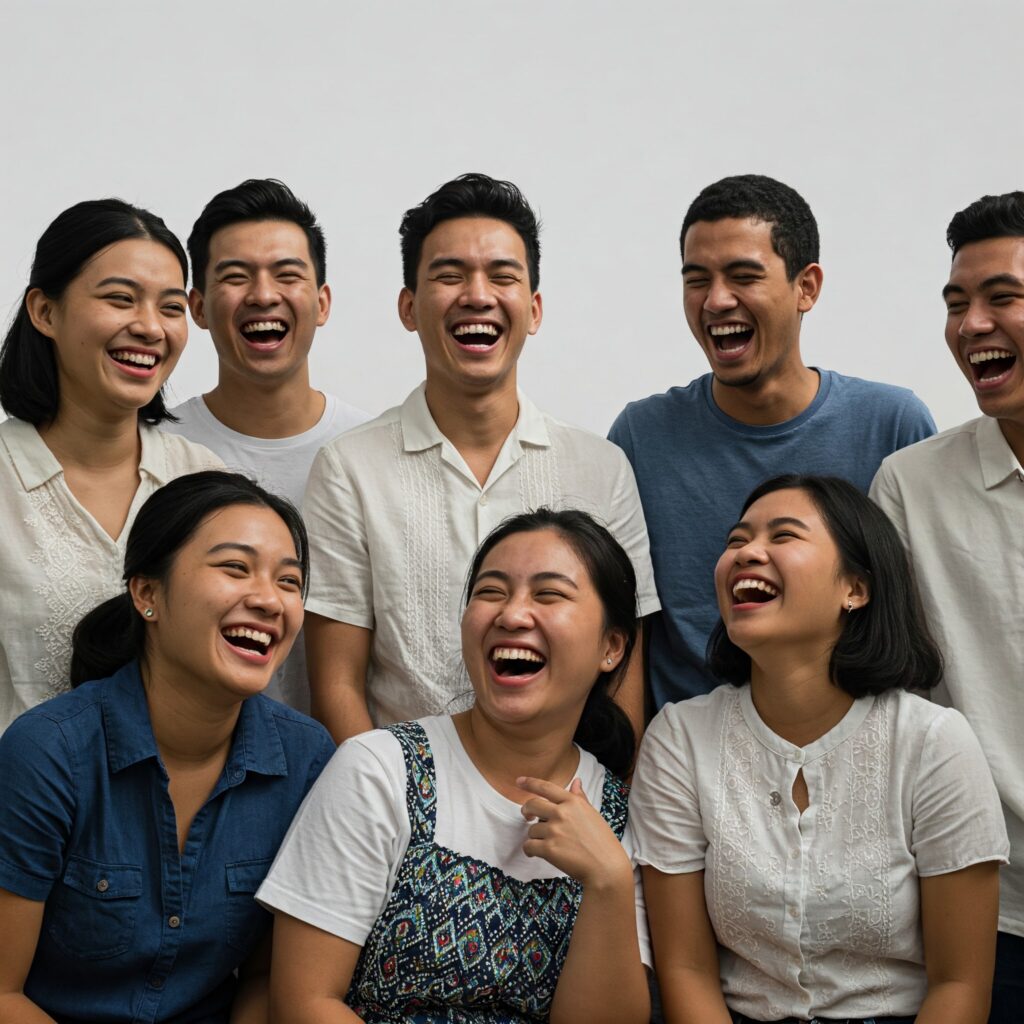In the bustling digital landscape of the Philippines, where TikTok dances and Facebook memes reign supreme, a quiet revolution is taking place in the education sector. Picture this: students attending classes while lying in bed (come on, we’ve all done it), teachers becoming overnight YouTube sensations, and grandparents learning to navigate Zoom calls just to help their grandkids with homework. Welcome to the new normal of Philippine education, where social media and learning have become more intertwined than a plate of pancit canton!
The State of Digital Education in the Philippines
Let’s dive into some eye-opening statistics about digital education in the Philippines. And no, these numbers aren’t as confusing as trying to explain to your lola why you can’t pause an online game!
Digital Access and Infrastructure Data (2023)
| Metric | Percentage/Number | Source |
|---|---|---|
| Internet Penetration | 73.1% | Digital 2023 Philippines Report (We Are Social) |
| Social Media Users | 85.7 million | Digital 2023 Philippines Report |
| Students with Home Internet | 64.2% | Department of Education (DepEd) Annual Report 2023 |
| Schools with Internet Access | 48.7% | DepEd Basic Education Report 2023 |
The Good: Opportunities Galore!
Breaking Down Geographic Barriers
Remember when attending a good school meant relocating to the big city or enduring hours of commute? Those days are becoming as outdated as dial-up internet! Social media and digital platforms have transformed the educational landscape in the Philippines more dramatically than a Korean drama plot twist. Students from remote islands can now access quality education through Facebook Live sessions, YouTube tutorials, and educational apps. The National Economic and Development Authority (NEDA) reported that online learning initiatives have reached 78% of previously underserved communities in 2023.
Resource Sharing and Collaborative Learning
Filipino students have mastered the art of resource sharing better than sharing their favorite food recipes! Educational Facebook groups have become virtual libraries, with students and teachers sharing PDFs, video lectures, and study materials faster than you can say “bayanihan.” According to the Commission on Higher Education (CHED), 82% of college students reported using social media platforms for academic collaboration in 2023.
Innovation in Teaching Methods
Filipino teachers deserve an award for their creativity in online teaching! From using TikTok to explain complex math problems to creating Instagram stories for literature reviews, they’ve turned social media into a powerful educational tool. A survey by the Philippine Normal University showed that 76% of students found social media-integrated lessons more engaging than traditional methods.
The Bad: Digital Challenges
The Digital Divide Drama
Let’s address the elephant in the room – the digital divide in the Philippines is wider than the gap between your planned study schedule and what actually happens! Here’s a sobering look at the challenges:
Digital Access Disparities (2023)
| Region | Internet Access | Device Ownership | Average Internet Speed |
|---|---|---|---|
| NCR | 86.4% | 78.9% | 52.8 Mbps |
| Rural Areas | 42.3% | 38.7% | 24.2 Mbps |
| Source: Philippine Statistics Authority (PSA) Digital Access Survey 2023 |
Information Overload and Distractions
Trying to study while social media notifications pop up is like trying to diet at a boodle fight – nearly impossible! Studies from the University of the Philippines show that students spend an average of 4.2 hours on social media daily, with only 1.5 hours dedicated to actual online learning. The struggle is real, folks!
The Solutions: Making It Work
Digital Literacy Initiatives
The Department of Education has been rolling out digital literacy programs faster than Jollibee’s delivery service! Their 2023 Digital Literacy Framework includes:
- Comprehensive social media education programs
- Online safety and cybersecurity training
- Critical thinking workshops for evaluating online information
- Parent-teacher digital awareness sessions
Best Practices for Online Learning
Here are some tried-and-tested strategies that work better than your mom’s favorite adobo recipe:
Time Management Tips
| Strategy | Implementation | Success Rate |
|---|---|---|
| Pomodoro Technique | 25 mins study, 5 mins break | 78% student satisfaction |
| Social Media Blocking | During study hours | 82% productivity increase |
| Scheduled Online Group Study | Fixed times weekly | 74% completion rate |
| Source: Philippine Education Technology Journal 2023 |
Future Outlook: What’s Next?
The future of social media in Philippine education looks brighter than a summer day in Boracay! The Department of Information and Communications Technology (DICT) projects that by 2025:
- 85% of schools will have reliable internet access
- 90% of students will have basic digital literacy skills
- 70% of teachers will be certified in digital education methods
Conclusion: Embracing the Change
Like learning to eat with a spoon and fork when you’re used to kamayan, adapting to social media-integrated education takes time and practice. But just as Filipino cuisine has evolved while keeping its essence, our education system is transforming while maintaining its core values. The key is finding the right balance – like the perfect ratio of rice to ulam!
Practical Tips for Students
Managing Social Media for Learning
- Create separate accounts for academic and personal use
- Join educational groups and follow credible educational pages
- Set specific times for social media learning vs. entertainment
- Use productivity apps to track and limit social media usage
Resources and Tools
Recommended Educational Platforms
| Platform | Best Used For | User Rating |
|---|---|---|
| DepEd Commons | K-12 Resources | 4.2/5 |
| LRMDS Portal | Teaching Materials | 4.0/5 |
| Google Classroom | Class Management | 4.5/5 |
| Edmodo | Student Collaboration | 4.3/5 |
| Source: DepEd EdTech Unit Assessment 2023 |
Disclaimer: This blog post contains information gathered from various official sources and research studies as of 2023-2024. While we strive for accuracy, the digital education landscape is rapidly evolving. Some statistics may have changed since publication. Please refer to official government websites and educational institutions for the most current data. If you notice any inaccuracies, please report them to our editorial team for prompt correction. Remember, like your lola’s secret recipe, some things might need occasional updating!




